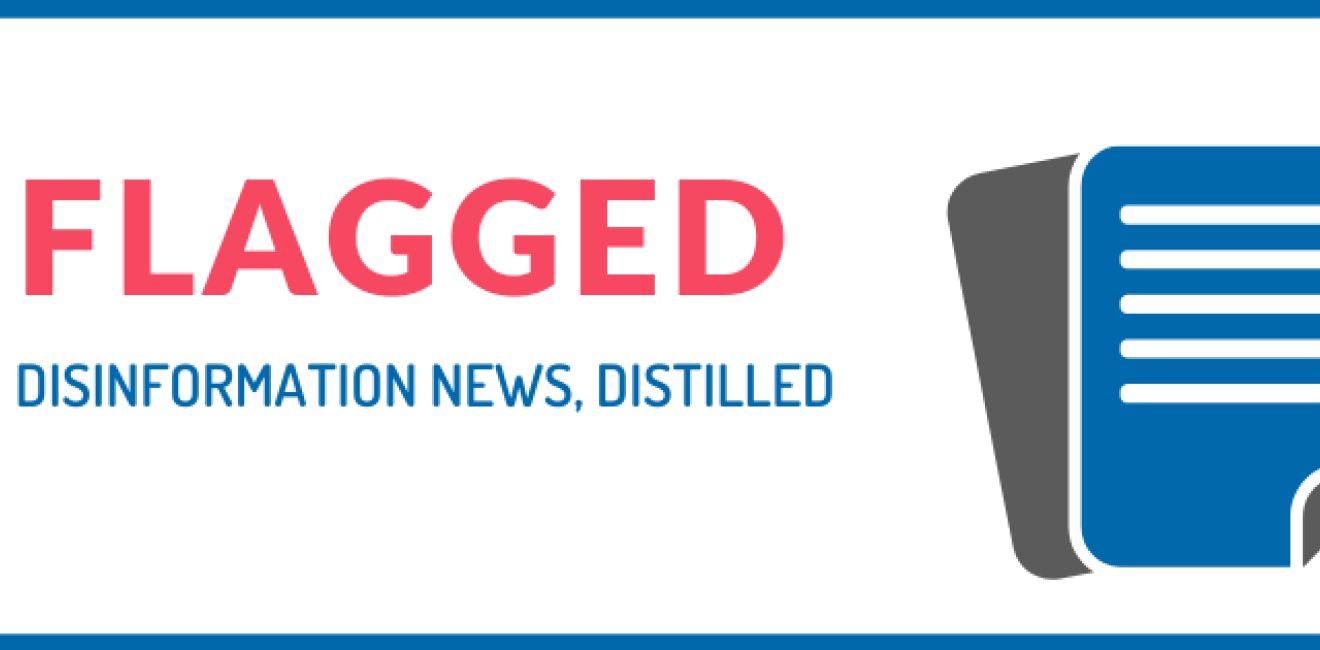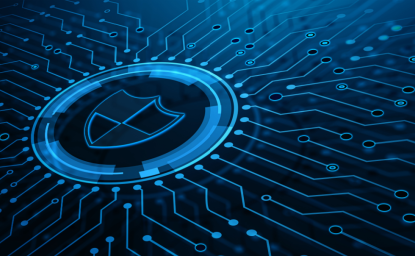Flagged: Will Facebook's labels help counter state-sponsored propaganda?
Here is a preview of Flagged, a newsletter from the Wilson Center’s Science and Technology Innovation Program. Each week, we flag the most important news about disinformation and how to counter it. Sign up to learn more.









